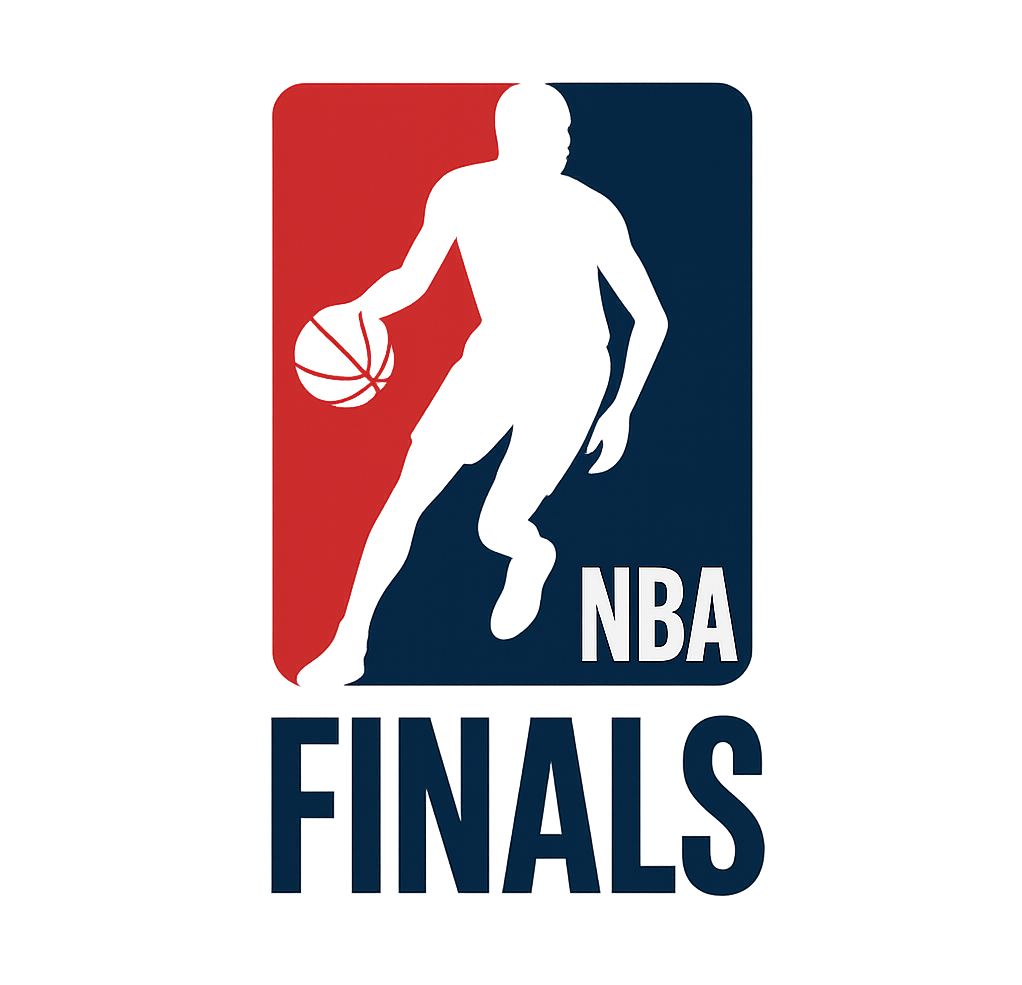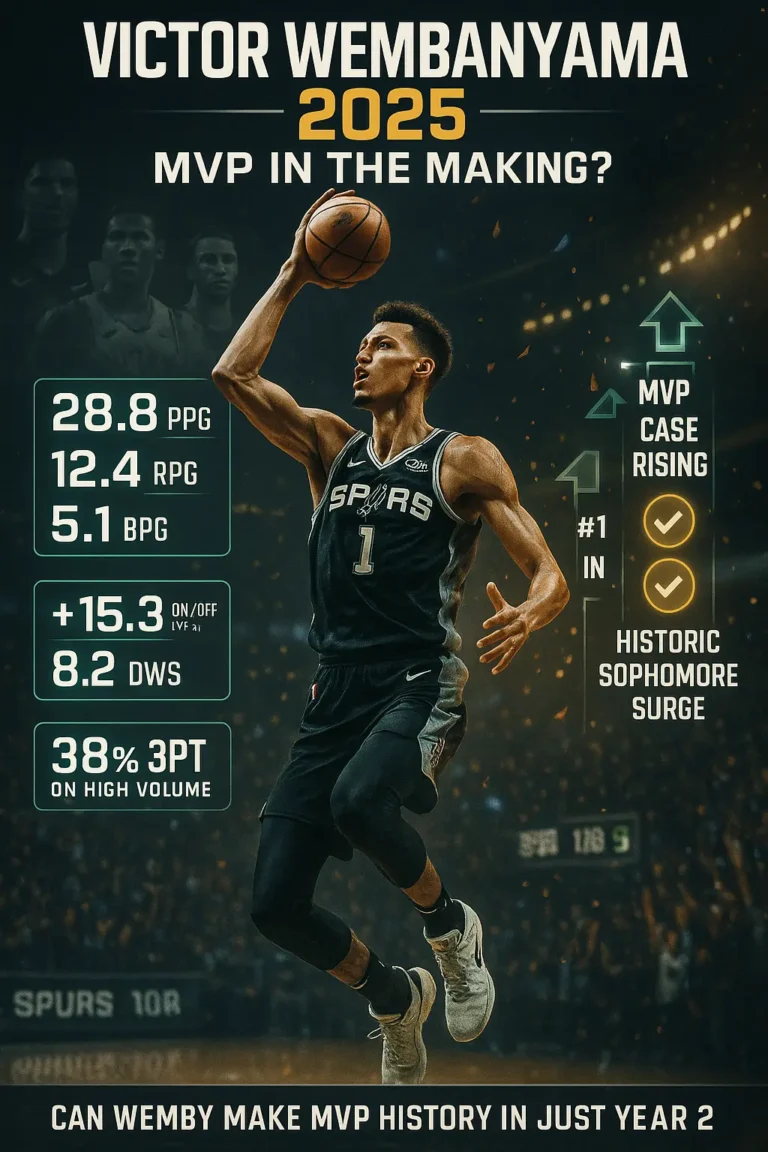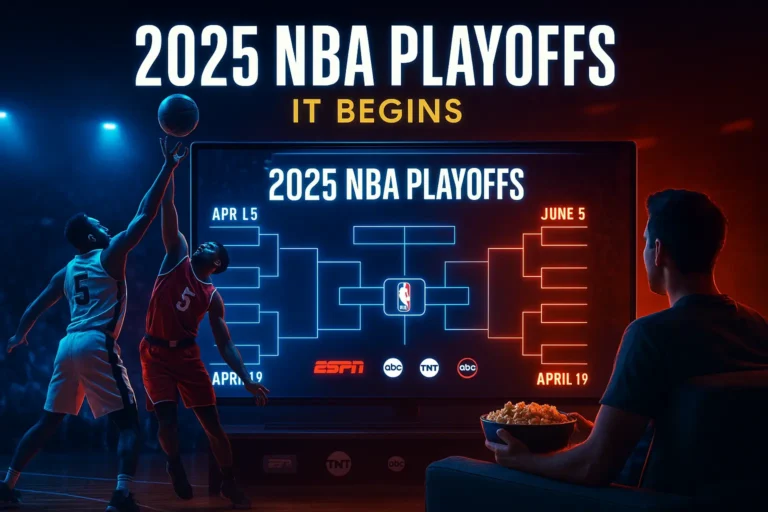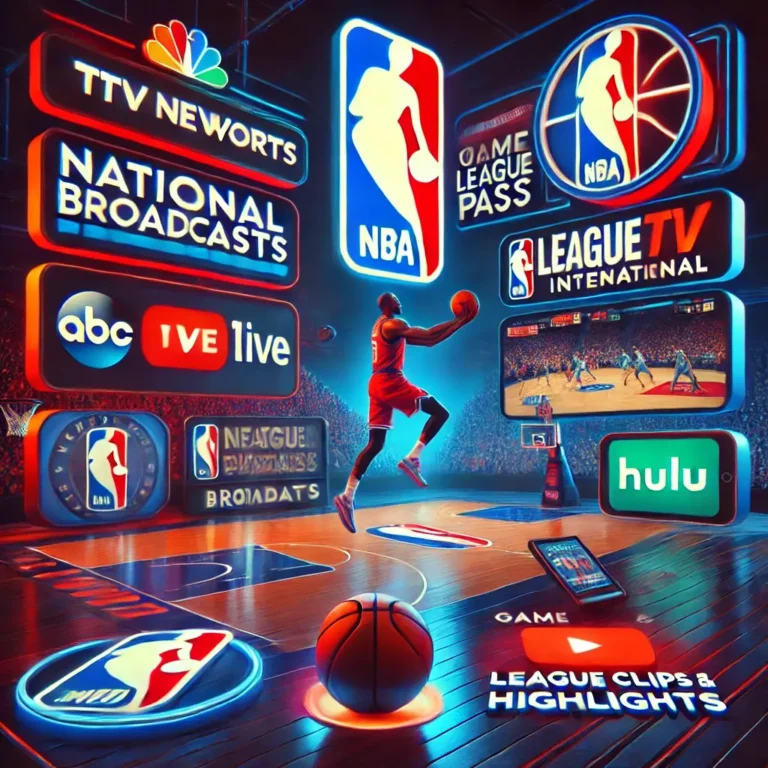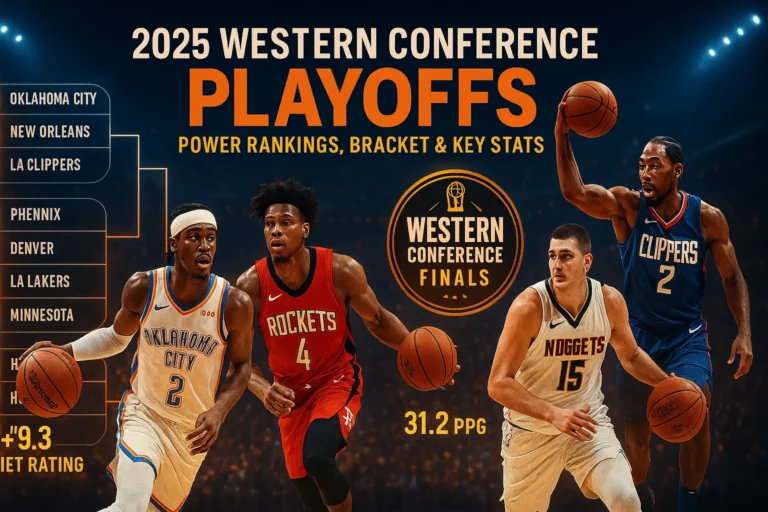Minnesota Timberwolves: Complete Guide
The Minnesota Timberwolves have been a staple in the NBA since their inception in 1989. While they may not have as many championships as some of the NBA’s storied franchises, the Timberwolves have certainly carved out a unique place in the league’s history. From their humble beginnings in the late ’80s to their rise to playoff contention in the 2000s, the Timberwolves have had their share of ups and downs, but they remain an integral part of the NBA landscape.
This article will provide a comprehensive overview of the Minnesota Timberwolves, from their founding to their current roster, including key moments in the franchise’s history, notable players, and the current team structure. We’ll take a deep dive into the Timberwolves players who have shaped the team, as well as how the team is currently performing in Timberwolves games. Whether you’re a long-time fan or new to the team, this article will provide all the details you need to understand the Timberwolves’ journey in the NBA.
🧑🦱 History of the Minnesota Timberwolves
Formation and Early Years (1989-1995)
The Minnesota Timberwolves were established in 1989 as an expansion team, entering the NBA alongside the Orlando Magic. The team’s early years were marked by struggles to find consistent success, but the Timberwolves laid the foundation for future growth. Initially, the team was built with a focus on building a solid core of players, but it took time for the Timberwolves to become competitive in the NBA.
The Timberwolves drafted Christian Laettner as the team’s first-ever pick in the 1992 NBA Draft and brought in players like Tom Gugliotta and Chris Carr to build their roster. However, it wasn’t until the mid-’90s that the team started to show promise in terms of team success.
The Kevin Garnett Era (1995-2007)
The true turning point for the Timberwolves came when they selected Kevin Garnett with the 5th overall pick in the 1995 NBA Draft. Garnett, one of the most versatile and dominant players in NBA history, became the centerpiece of the franchise. His combination of size, skill, and work ethic made him an immediate force in the league.
Under Garnett’s leadership, the Timberwolves reached their first playoff appearance in 1997. By the 2003-2004 season, the team reached the Western Conference Finals for the first time in franchise history, largely due to Garnett’s MVP-worthy performance and the help of key players like Sam Cassell and Latrell Sprewell. Despite their success, the team was unable to advance to the NBA Finals, marking a bittersweet chapter in their history.
Post-Garnett Era (2007-2014)
After Kevin Garnett was traded to the Boston Celtics in 2007, the Timberwolves entered a period of rebuilding. The team struggled to regain its footing, with several rebuilding efforts that included drafting players like Al Jefferson and Ricky Rubio. Despite some individual successes, the team had difficulty finding consistent team chemistry and reaching the playoffs.
The New Era: Karl-Anthony Towns and Anthony Edwards (2015-Present)
In the mid-2010s, the Timberwolves began to rebuild again with the acquisition of Karl-Anthony Towns in the 2015 NBA Draft, followed by Andrew Wiggins. Towns quickly became the face of the franchise, establishing himself as one of the league’s top centers.
The team’s trajectory took a positive turn in recent years with the arrival of Anthony Edwards, a dynamic shooting guard who has quickly become a star for the Timberwolves. The team’s renewed focus on youth development, combined with the trade for Rudy Gobert in 2022, has given the Timberwolves a strong foundation to compete for playoff spots and beyond.
🏆 Notable Timberwolves Players Over the Years
Kevin Garnett Era (1995-2007)
When it comes to Timberwolves history, Kevin Garnett stands at the top. KG, as he is affectionately known, not only revolutionized the power forward position but also elevated the Timberwolves to national prominence. Drafted by the Timberwolves in 1995, Garnett was the cornerstone of the team for over a decade. His incredible versatility, defensive prowess, and relentless intensity made him one of the most dominant players in the league.
- MVP and Impact: Garnett won the NBA MVP in 2004 and led the Timberwolves to their first-ever Western Conference Finals appearance that same year. Despite the team’s inability to advance to the NBA Finals, Garnett’s legacy with the Timberwolves remains unmatched.
- Career Achievements: Garnett finished his career as a 13-time NBA All-Star, NBA Defensive Player of the Year (2008), and an NBA Champion with the Boston Celtics in 2008. His contributions to the game, particularly on defense, remain a significant influence on modern power forwards.
Other Key Players from the Garnett Era
- Sam Cassell: A veteran point guard who provided leadership and clutch performances alongside Garnett during the 2004 season.
- Latrell Sprewell: A former All-Star and scoring machine who played a key role in the Timberwolves’ success in the early 2000s.
These players were integral to the Timberwolves’ brief period of success during Garnett’s tenure, and together they helped elevate the team’s competitive level.
Post-Garnett Era: The Rebuilding Years
After the departure of Kevin Garnett, the Timberwolves faced several years of rebuilding. Despite struggles, there were still some notable players who contributed to the team’s growth:
- Al Jefferson: A skilled post player, Jefferson was one of the main players following Garnett’s trade. He provided solid performances, especially during his time with the team in the 2000s.
- Ricky Rubio: The Spanish point guard who brought his exceptional court vision and passing ability to the Timberwolves. Rubio was instrumental in orchestrating the offense but struggled with injuries during his time with the team.
- Kevin Love: Love was a consistent All-Star for the Timberwolves from 2008 to 2014. His elite rebounding and scoring ability, including his proficiency in three-point shooting, made him one of the best power forwards in the league during his tenure.
While the team faced difficulties during this period, these players continued to build the Timberwolves’ foundation for future success.
The New Era: Karl-Anthony Towns and Anthony Edwards
With the arrival of Karl-Anthony Towns in 2015, the Timberwolves embarked on a new era. Towns, a versatile center with a unique combination of size, skill, and basketball IQ, became the face of the franchise.
- Karl-Anthony Towns:
Towns quickly became one of the top big men in the league, known for his scoring, rebounding, and shot-blocking ability. He earned NBA All-Star honors multiple times and is regarded as one of the most talented young players in the NBA. His impact on the Timberwolves’ offense is undeniable, as he’s led the team in scoring, rebounding, and even three-point shooting. - Anthony Edwards:
In 2020, the Timberwolves selected Anthony Edwards as the first overall pick in the NBA Draft. Since joining the team, Edwards has impressed with his scoring, athleticism, and defensive tenacity. He has quickly become one of the team’s brightest stars and is expected to be a key player in the Timberwolves’ future success. - Rudy Gobert:
In 2022, the Timberwolves made a significant trade for Rudy Gobert, a two-time NBA Defensive Player of the Year. Gobert’s shot-blocking ability and defensive presence have been key in giving the Timberwolves an elite defensive anchor.
These current stars, combined with the young talent on the roster, have given the Timberwolves a new hope for making deep playoff runs.
📊 Minnesota Timberwolves Team Stats & Performance
Current Team Performance
As of the 2025 season, the Minnesota Timberwolves have solidified themselves as a competitive team in the NBA. With a core built around Karl-Anthony Towns, Anthony Edwards, and Rudy Gobert, the Timberwolves have a strong foundation for both offense and defense. The team’s performance over the last few seasons has been marked by an increasing level of consistency and playoff contention.
In the 2024-2025 season, the Timberwolves are firmly positioned in the Western Conference, with an eye on securing a playoff spot. Their focus on defense, led by Gobert’s presence in the paint, combined with offensive firepower from Edwards and Towns, has made them a formidable opponent.
Timberwolves Game Stats Tonight
To gauge the Timberwolves’ current level of play, fans often look at game stats from recent matchups. Timberwolves game stats tonight typically highlight the individual performances of key players such as Karl-Anthony Towns’ double-doubles or Anthony Edwards’ scoring bursts.
For example, in a recent game, Edwards scored over 30 points, showcasing his growing ability to take over games, while Towns contributed a significant number of rebounds and assists. Meanwhile, Rudy Gobert consistently impacts the game with his shot-blocking ability and defensive presence, even if his offensive game is more understated.
Fans can stay up to date with real-time game stats by following the Timberwolves’ official website, sports apps, or basketball tracking sites such as NBA.com or ESPN.
Key Metrics to Track
When tracking Timberwolves’ performance, it’s essential to focus on the following key statistics:
- Points per Game (PPG): The Timberwolves rely on Towns and Edwards to lead their offense, with both players averaging over 20 PPG in recent seasons.
- Rebounds: Towns and Gobert anchor the Timberwolves’ rebounding efforts, with Gobert often pulling down 10+ rebounds per game.
- Assists: Players like D’Angelo Russell and Ricky Rubio (when he was with the team) have provided essential playmaking duties, with Russell contributing significantly to the team’s assist numbers.
- Defensive Metrics: Rudy Gobert’s defensive stats, including blocks and defensive rebounds, are vital for the Timberwolves’ overall success.
These stats provide an insight into the Timberwolves’ overall strength and how their key players contribute in various aspects of the game.
📅 Timberwolves Schedule & Upcoming Games
Timberwolves Schedule Overview
The Minnesota Timberwolves schedule for the 2024–2025 season is packed with critical matchups that will determine their standing in the Western Conference. Fans are especially excited about key games against top-tier opponents like the Denver Nuggets, Golden State Warriors, and Phoenix Suns—all of which are pivotal in shaping the Timberwolves’ playoff seeding.
Their schedule features a mix of home and away games, including intense back-to-backs and nationally televised matchups. With high expectations from their fanbase and rising pressure to secure a strong playoff run, each game holds significance.
You can find the complete and most up-to-date Timberwolves schedule on NBA.com or through the official NBA app. The site also includes filters for home/away games, ticket availability, and live-stream links.
How to Follow Timberwolves Games
Fans can catch Timberwolves games through several platforms:
- Local Broadcasts: Bally Sports North (regionally)
- National Broadcasts: ESPN, TNT, ABC (select games)
- Streaming Options: NBA League Pass, YouTube TV, Hulu + Live TV, Sling TV
- Mobile: Follow play-by-play updates and box scores via the NBA App
For those on the go, mobile alerts and live stat tracking make it easy to keep up with each Timberwolves game in real time.
Playoff Implications
As the season progresses, upcoming games will play a direct role in securing playoff positioning or entering the Play-In Tournament. Matchups against fellow Western contenders will be especially crucial, and consistent performances from the core players will be key to locking in a postseason berth.
🏁 Timberwolves’ Future Outlook
Youth Development and Team Identity
The future of the Minnesota Timberwolves looks promising, primarily due to the development of their young core. Anthony Edwards, one of the league’s rising stars, continues to evolve into a top-tier scorer and leader. His combination of athleticism, confidence, and defensive effort has energized the franchise and fanbase alike.
Complementing Edwards is Karl-Anthony Towns, who, despite being in the league since 2015, is still in his prime. Towns’ ability to stretch the floor and dominate in the paint gives the Timberwolves one of the most versatile big men in the NBA.
With Jaden McDaniels emerging as a defensive specialist and Naz Reid providing valuable bench production, Minnesota’s focus on player development is finally showing results.
Championship Contention Roadmap
While the team hasn’t yet reached the status of a perennial title contender, its trajectory is upward. The addition of Rudy Gobert was a bold move to solidify the defensive side of the court, signaling that the front office is committed to winning now while still grooming young talent.
If the Timberwolves can continue building chemistry and maintain health through the season, they have the potential to become a regular playoff team and eventually make a deep postseason run. The key will be stability in coaching, smart roster decisions, and the continued growth of their stars.
Franchise Vision
The long-term vision for the Timberwolves is to build a team that can consistently compete in the Western Conference while building a sustainable identity rooted in defense, energy, and youthful athleticism. With a dedicated fan base, a strong young core, and a renewed sense of direction, the future of the Minnesota Timberwolves is filled with promise.
🧠 Fun Facts & Trivia About the Timberwolves
1. The Kevin Garnett Retirement Drama
Despite being the greatest player in franchise history, Kevin Garnett’s jersey was never officially retired by the Timberwolves due to a long-standing feud with former team owner Glen Taylor. Fans still widely recognize KG as the heart and soul of the franchise, and many hope for this to be resolved in the future.
2. Highest Win Season
The 2003–04 season remains the best in Timberwolves history. With 58 wins, an MVP campaign from Kevin Garnett, and a trip to the Western Conference Finals, it stands as their most successful season to date.
3. Wolves’ Playoff Struggles
Before their recent resurgence, the Timberwolves had made the playoffs only once between 2005 and 2021. That long drought made their recent return to postseason relevance all the more meaningful.
4. Minnesota Roots and Mascot
Their beloved mascot, Crunch the Wolf, is one of the NBA’s most active and entertaining mascots, often seen energizing the Target Center crowd. The franchise name “Timberwolves” was chosen by fans in a name-the-team contest before the 1989 debut.
5. Youngest Scoring Star
Anthony Edwards became the youngest player in franchise history to score 40+ points in a game, doing so at just 19 years old, proving his early promise as a future superstar.
🏁 Conclusion
From their humble beginnings in 1989 to the promising roster they’ve built today, the Minnesota Timberwolves have experienced a journey of growth, struggle, and resurgence. With legendary players like Kevin Garnett laying the foundation and current stars like Anthony Edwards and Karl-Anthony Towns driving the team forward, the Timberwolves are poised for a bright future.
Whether you’re tracking Timberwolves players, watching the Timberwolves game stats tonight, or following the full Timberwolves schedule, this franchise continues to evolve—and excite. With a strong mix of talent, youth, and ambition, Minnesota’s eyes are firmly set on becoming a consistent force in the NBA.
